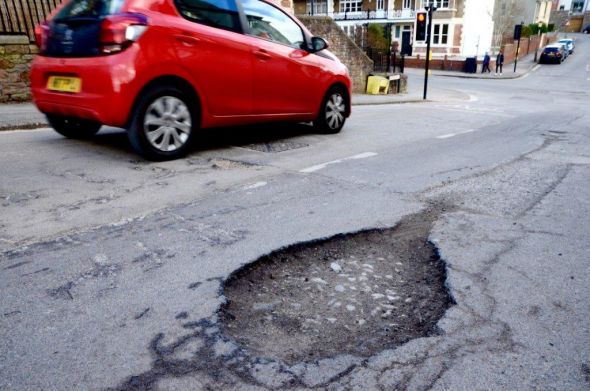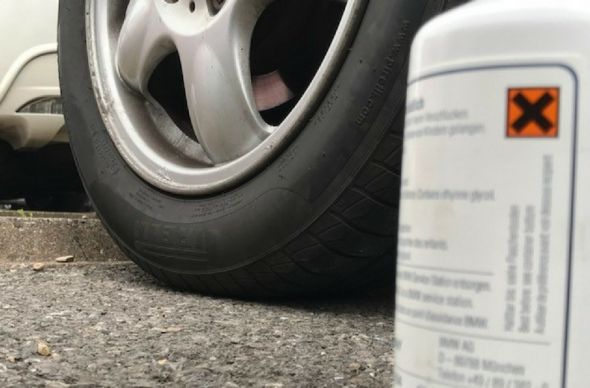Introduction
This year’s RAC Report on Motoring has found that 14% of drivers – representing almost six million people – say the condition and maintenance of local roads is their number-one concern, up from 10% in 2019.
Local road problems
There has been a significant increase in the number of drivers who say local roads have deteriorated in 2020: this year, 52% say conditions are worse than 12 months ago compared with 49% in 2019. Only 6% of drivers think the state of local roads has improved, a dramatic fall on last year’s 11%.
Those based in rural areas are more likely to say roads have worsened (59%), as are older drivers (62% of those aged 45 and over say conditions have deteriorated). Meanwhile, more of those based in London (10%) and other urban centres (12%) think the state of roads is better in 2020.
For the overwhelming majority of drivers who say conditions have deteriorated, problems with road surfaces such as potholes remains the number-one gripe (97%). But this year there has also been a sharp increase in complaints related to other factors such as the visibility of signage (cited by 46% of drivers in 2020 compared with just 17% a year ago), the amount of roadside litter (35%, up from 23%) and a lack of grass and/or foliage maintenance (34% from 22%).
I’m not sure how much local road maintenance was done during lockdown. Spring is when much of the damage caused by winter weather is addressed. I suspect the picture is pretty fragmented with each local authority behaving slightly differently.
David Bizley, former chief engineer and technical director, RAC
The RAC’s Pothole Index provides insight into the state of the UK’s roads based on the percentage of breakdown call-outs linked to pothole damage.
Recent data from the Index suggests that, even as traffic volumes declined during the spring lockdown period, the proportion of pothole-related breakdowns remained steady – even though, with less traffic, there was perhaps a greater opportunity for councils to fix the roads than in previous years. With fewer vehicles on the roads, it arguably should also have been easier to spot and avoid potholes.
It is possible that local roads have deteriorated as a result of local authorities being unable to keep up maintenance programmes as the pandemic took hold, perhaps due to staffing issues – although it also calls into question just how much progress has actually been made in fixing the 11 million ‘nuisance’ potholes cited by the transport secretary in May.
These findings are also of particular concern given that last year’s relatively mild winter should not, in normal circumstances, have led to a further decline in road surface quality.
The collapse in traffic levels during lockdown would have been the ideal time for councils to address the massive backlog of repairs on local roads. However, despite a few noticeable exceptions, the experience of motorists suggests that our pothole-strewn network is as bad as ever.
Graeme Paton, transport correspondent, The Times
Motorways and other major roads
While there has been no change in the number of motorists who say the condition of motorways and high-speed dual carriageways has deteriorated since 2019 (28%), only 6% believe they have improved, well down on last year’s 11%.
As with local roads, surface issues are the most common complaint (82%) – but there has also been an increase in 2020 in the number of drivers who say that conditions are worse due to litter (37% versus 30% last year), lane marking visibility (36% versus 27%), signage visibility (30% versus 19%) and lack of grass or foliage maintenance (24% versus 18%).
Taxes to fund better road maintenance
There has been a rise in the number of drivers who support the idea of having a proportion of current taxation – duty and VAT on fuel, as well as Vehicle Excise Duty (VED) or ‘car tax’ – ringfenced for spending on local road maintenance.
More than four-fifths (82%) back such a plan, up from 77% in 2019. Such a scheme is already in place for major roads, with all of VED in England now used to fund the motorway and high-speed network.
A significant number of drivers would be willing to pay a little more in fuel duty, provided the extra money raised was ringfenced to pay for local pothole repairs: 47% of motorists would be happy to pay up to 2p more per litre, with only a third (33%) opposed to this idea.
Journey times and congestion
Even though traffic volumes have fallen sharply in 2020 as a result of the lockdown, 5% of drivers say that journey time reliability and congestion are their top driving concern – the same figure as 12 months ago.
However, congestion now ranks as only the eighth most widespread concern – its lowest level in five years, a finding no doubt heavily influenced by the fact fewer people were driving during the worst of the pandemic.
Meanwhile, the majority of drivers say that journey times are becoming less predictable, both on motorways and high-speed dual carriageways (60%) and local roads (58%) – although these figures are lower than in 2019 when they were 65% and 66% respectively.









